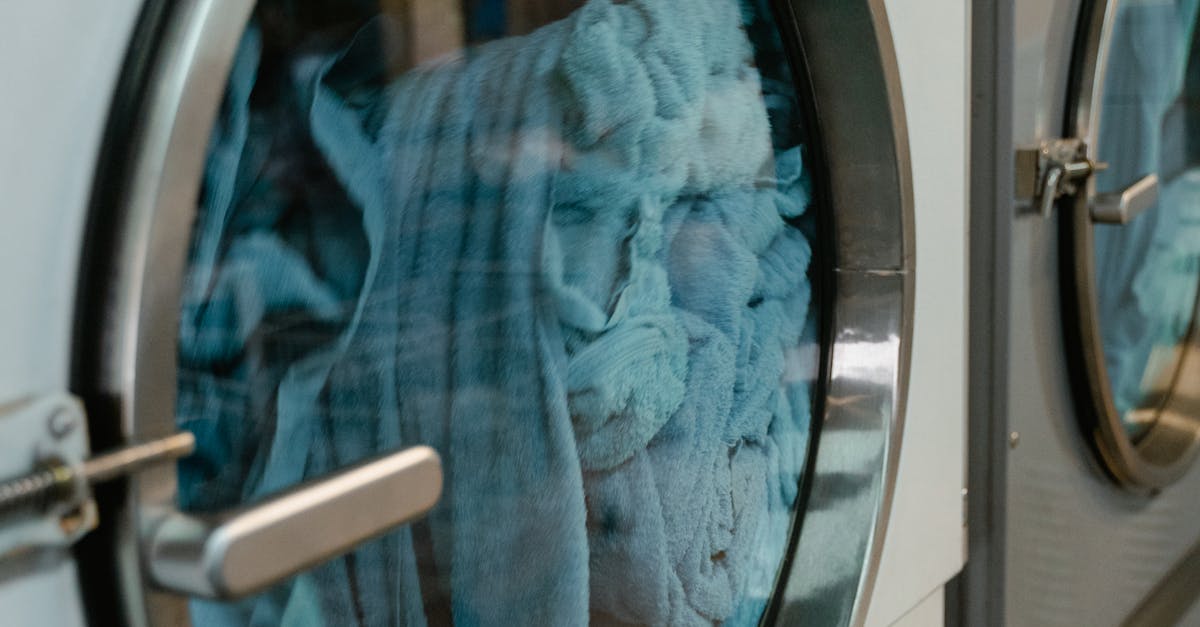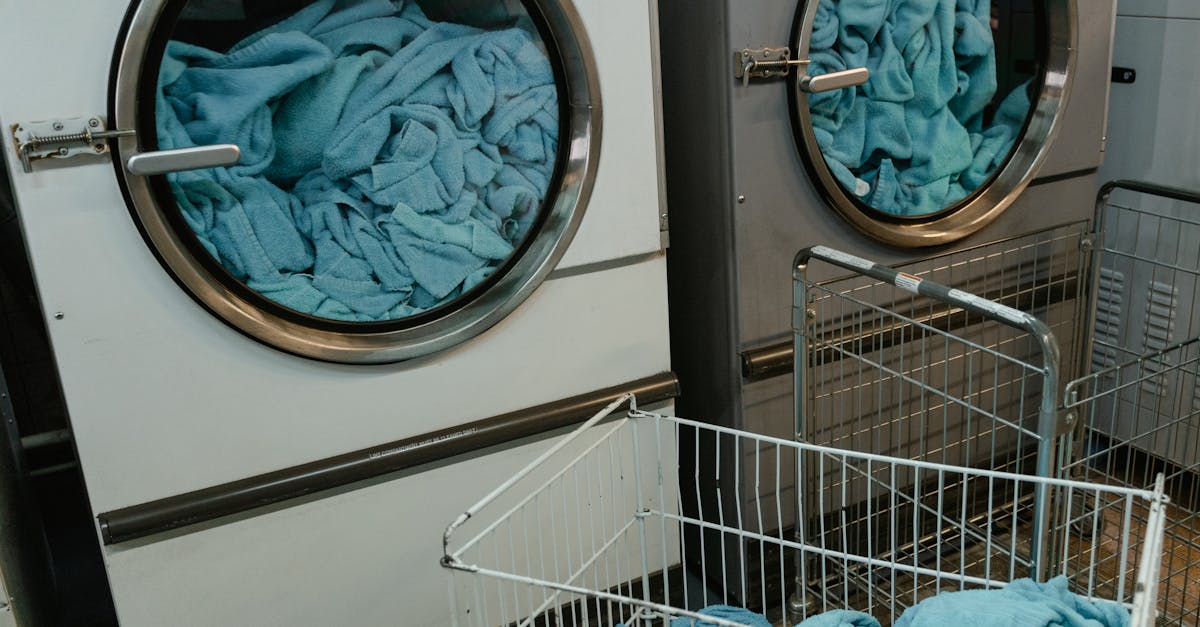
Table Of Contents
At Dry Fast, our Structural Drying service is designed to effectively mitigate water damage and restore your property to its pre-loss condition. Using advanced techniques and state-of-the-art equipment, we thoroughly assess the affected areas to determine the extent of moisture intrusion. Our trained professionals strategically deploy high-capacity dehumidifiers and industrial-grade air movers to ensure rapid and efficient evaporation of water from structural components, such as walls, floors, and ceilings. This process helps prevent secondary damage, such as mold growth, while promoting a safe and healthy environment for you and your family. Trust Dry Fast to provide timely and reliable structural drying solutions, allowing you to get back to your routine with peace of mind.
Factors Affecting Drying Time
Drying time is influenced by multiple factors that significantly impact the efficiency of water damage restoration. One of the primary determinants is the type of material affected by water. Porous materials like wood and drywall will retain moisture longer than non-porous surfaces, which can lead to delays in the drying process. Additionally, ambient temperature plays a crucial role; warmer air can hold more moisture and facilitate faster evaporation compared to cooler environments.
Humidity levels also greatly affect drying time. High humidity can slow down evaporation rates, making it necessary to utilize dehumidifiers to create optimal conditions for drying. Ventilation, or the movement of air across surfaces, is another critical factor. Improved air circulation helps disperse damp air, promoting quicker drying. Understanding that all these elements interact is essential for developing an effective drying strategy following any water damage incident.
Elements That Influence the Drying Process
The type of materials affected by water plays a significant role in the overall drying process. Porous materials, such as wood and drywall, tend to absorb moisture more readily, which can prolong the time required for drying. Conversely, non-porous surfaces, like tile and metal, typically repel water and dry more quickly. Understanding the specific materials involved helps restorers determine appropriate techniques and equipment to employ, allowing for more efficient water removal.
Environmental factors also significantly impact the drying process. Temperature and humidity levels are critical aspects; warmer temperatures usually facilitate quicker evaporation, while high humidity can hinder moisture removal. Utilizing dehumidifiers and blowers can help regulate these conditions, promoting effective drying. Moreover, airflow is vital, as it aids in the distribution of moisture-laden air away from wet surfaces, accelerating the overall drying time.
Safety Considerations During Drying
Drying a space after water damage requires careful attention to safety protocols to protect both the workers and the occupants. Equipment like dehumidifiers and blowers can create noise and potential hazards, necessitating clear access pathways. Additionally, the presence of electricity and water poses a risk of electrocution, so all electrical sources must be inspected. It is equally important to be mindful of the structural integrity of the building. Weak or compromised structural components could lead to further issues if not addressed promptly.
Personal protective equipment (PPE) is essential during the drying process to shield workers from potential hazards. Items such as gloves, masks, and waterproof boots can help mitigate exposure to mold and contaminants that often accompany water damage. Proper ventilation is also crucial to enhance air circulation and prevent the buildup of harmful airborne particles. Maintaining these safety measures ensures a secure working environment while effectively addressing the water damage restoration needs.
Ensuring a Safe Environment
Maintaining safety during the drying process is crucial for both workers and occupants. Water damage can lead to mold growth, which presents health risks. Using protective gear like gloves and masks helps minimize exposure to potentially hazardous materials. Adequate ventilation is essential to prevent the buildup of harmful vapors, especially when using drying equipment or chemical agents.
It is also vital to ensure that electrical equipment remains safe to operate. Any water-damaged electrical systems should be inspected thoroughly before use. Establishing a clear zone around the drying area reduces the risk of accidents and keeps the workspace organized. Regular checks of equipment and the environment contribute to a safer drying process, allowing for effective restoration while prioritizing health and safety.
PostDrying Inspection and Monitoring
After the drying process is complete, thorough inspections are essential to ensure that all affected areas have returned to a safe and dry state. Technicians should check for any signs of moisture using specialized tools, such as moisture meters and infrared cameras. Identifying hidden moisture pockets can prevent future problems like mold growth and structural damage. Observations should extend to walls, floors, and furniture, paying close attention to any changes in appearance or texture that may signal lingering dampness.
Monitoring the environment post-drying is equally important. Air quality assessments help in determining if there are harmful spores that could affect occupants. Continuous observation of humidity levels aids in ensuring that the restoration process is effective and sustainable. Implementing a scheduled follow-up allows professionals to address any emerging issues promptly, maintaining a healthy living space for residents.
Evaluating Effectiveness After Drying
The effectiveness of the drying process can be assessed through several key indicators. One important aspect to examine is the moisture content within materials that were affected by water damage. Using specialized moisture meters, professionals can obtain accurate readings. These readings should ideally fall within safe and acceptable limits. Additionally, visual inspections can reveal signs of mold growth or lingering dampness, both of which would indicate that further drying measures are necessary.
Thorough evaluations also include assessing the structural integrity of affected materials. Discoloration, warping, or changes in texture may suggest that materials have not fully dried or that damage has occurred. Engaging trained professionals to conduct these assessments is critical. Their expertise ensures that restoration efforts have been effective and that any remaining risks are addressed promptly. Implementing regular monitoring can help maintain a dry environment, preventing future water damage and preserving the integrity of the structure.
FAQS
What is structural drying?
Structural drying is a process used to remove moisture from buildings and materials after water damage, ensuring that structures are returned to a safe and usable state.
What factors can affect the drying time of a structure?
Factors affecting drying time include ambient temperature, humidity levels, airflow, the type of materials involved, and the extent of moisture saturation.
Why are safety considerations important during the drying process?
Safety considerations are crucial during drying to prevent hazards such as mold growth, structural instability, and potential electrical risks from wet components.
What should be included in a post-drying inspection?
A post-drying inspection should evaluate moisture levels, check for signs of mold or damage, and assess whether all affected areas have dried adequately.
How can I monitor effectiveness after the drying process?
Effectiveness can be monitored using moisture meters, visual inspections, and conducting air quality tests to ensure that the space is dry and safe for occupancy.

